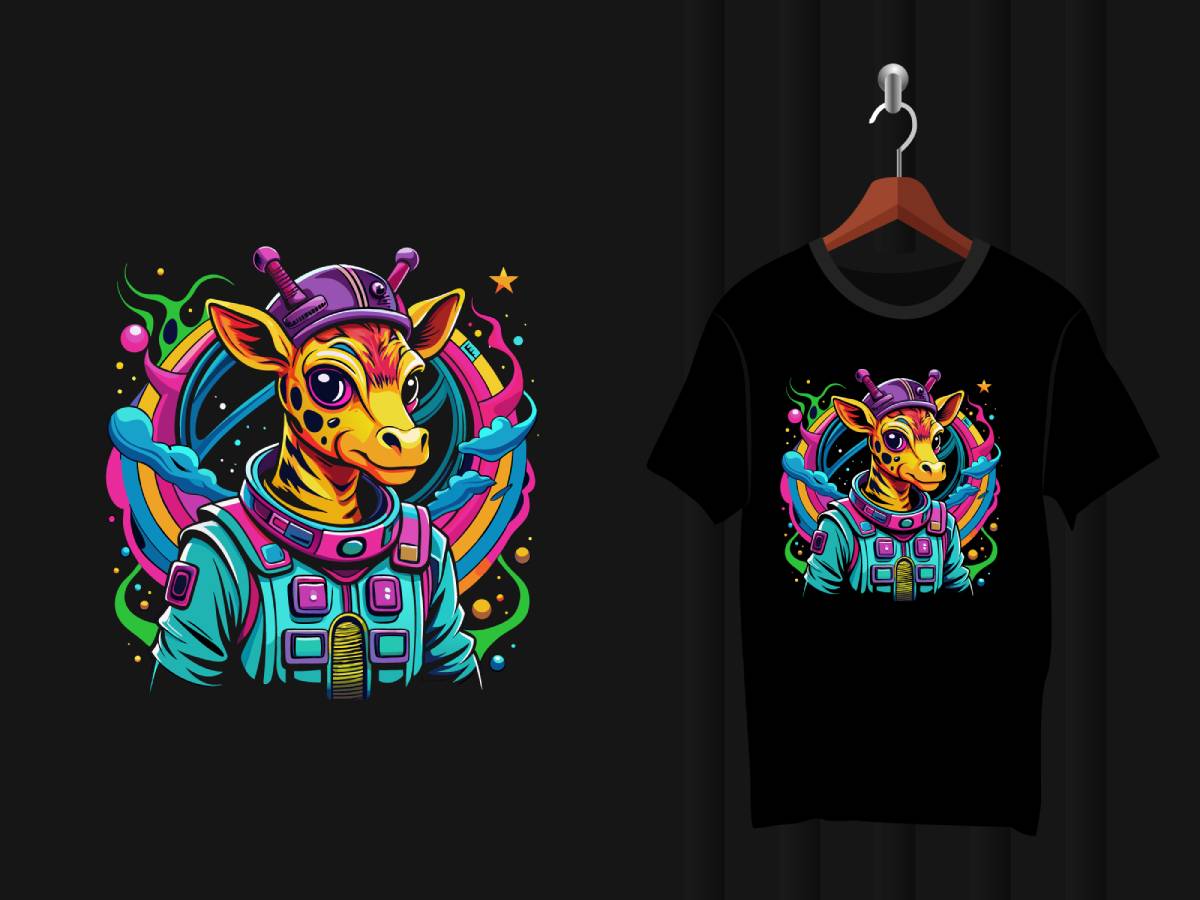
Mastering DTF Transfers for High-Quality Prints
Understanding the Basics of DTF Transfers
To achieve high-quality prints, it is essential to understand how DTF transfers work. Unlike traditional methods, DTF transfer technology involves printing on a specialized film, applying adhesive powder, and heat pressing onto fabric. This process allows for intricate details, vibrant colors, and long-lasting durability, making it ideal for custom apparel and professional printing needs.
Choosing the Right Materials for DTF Transfers
The quality of materials directly impacts the final results of DTF transfers. Using premium ink, high-quality film, and a reliable adhesive powder ensures better adhesion and longevity. Opting for subpar DTF transfer materials can lead to dull prints, peeling, or fading, which affects the overall appeal and durability of the design.
Optimizing Printer Settings for DTF Transfers
Fine-tuning printer settings is key to achieving flawless DTF transfers. Proper ink saturation, resolution adjustments, and color profiling ensure sharper details and richer colors. Testing different configurations and calibrating printers specifically for DTF transfer technology helps in maintaining consistency and achieving professional-grade prints.
Perfecting Heat Press Techniques for DTF Transfers
Heat pressing is a crucial step in the DTF transfer process. Ensuring the correct temperature, pressure, and pressing time leads to optimal adhesion. Uneven pressure or insufficient heat can result in partial transfers or peeling. Mastering the proper heat press technique for DTF transfer applications ensures durability and a smooth finish.
Fabric Preparation and Care for DTF Transfers
Proper fabric preparation enhances the effectiveness of DTF transfers. Cleaning and preheating fabrics remove moisture and lint, ensuring a smoother application. After application, washing in cold water and avoiding high heat drying extends the life of DTF transfer prints, keeping them vibrant and intact over time.
Avoiding Common Mistakes in DTF Transfers
Many issues with DTF transfers arise from common mistakes such as using incorrect printer settings, uneven adhesive application, or improper heat press techniques. Ensuring a precise process prevents fading, cracking, or misalignment. By following best practices, DTF transfer prints maintain their high-quality finish and long-term durability.
Conclusion
Mastering DTF transfers requires a combination of the right materials, optimized printer settings, precise heat press techniques, and proper fabric care. Avoiding common mistakes and refining the process helps ensure that DTF transfer prints remain vibrant, durable, and professional-looking. By following these guidelines, businesses and designers can achieve superior results in apparel customization.
Frequently Asked Questions
-
What is a DTF transfer?
- A DTF transfer is a printing technique that applies designs onto fabric using a specialized film and adhesive powder.
-
How do I improve DTF transfer durability?
- Using high-quality materials, ensuring proper heat pressing, and following correct washing guidelines enhance durability.
-
Can DTF transfers be applied to any fabric?
- Yes, DTF transfer technology works on cotton, polyester, blends, and various synthetic fabrics.
-
What temperature should I use for DTF transfers?
- The ideal temperature varies but typically falls between 300-325°F for best adhesion.
-
How do I prevent DTF transfers from peeling?
- Evenly applying adhesive powder and using correct pressure and heat settings prevent peeling.
-
Are DTF transfers better than screen printing?
- DTF transfers offer more vibrant colors, superior durability, and greater flexibility compared to screen printing.
-
What is the best way to wash DTF transfer prints?
- Wash in cold water with mild detergent and avoid high heat drying to maintain print quality.
-
How can I prevent ink bleeding in DTF transfers?
- Proper curing and using high-quality ink and film reduce ink bleeding issues.
-
Can DTF transfers be layered for multicolor prints?
- Yes, DTF transfers can be layered to create detailed and colorful designs.
-
Is DTF transfer printing cost-effective?
- Yes, DTF transfer printing eliminates expensive setup fees and minimizes material waste, making it a budget-friendly option.






